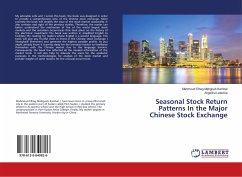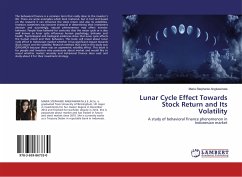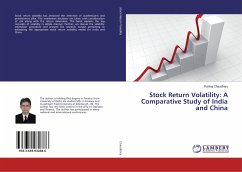Stock return predictability continues to attract an enormous amount of attention and yet the empirical evidence struggles to meet a general consensus. While a number of studies debate on the ability of economically meaningful variables such as dividend yield, term spread and consumption-wealth ratio to predict future stock returns, an important strand of the literature focuses on how to accurately incorporate the effect of stylized facts such as stochastic volatility and jumps on the data generating process of stock returns. However attempts have produced mixed results and mainly examined model specifications by using statistical measures. The economic advantage of using double-jump models remains largely unexplored. We find that, under both latent volatility and realized volatility measures, although jumps clearly affect the optimal weights, the pure diffusion model has better portfolio performance than jump-diffusion model, as stochastic volatility alone delivers the best portfolio performance. In addition, adding jumps in volatility yields more economic gains over the jump-diffusion model.








